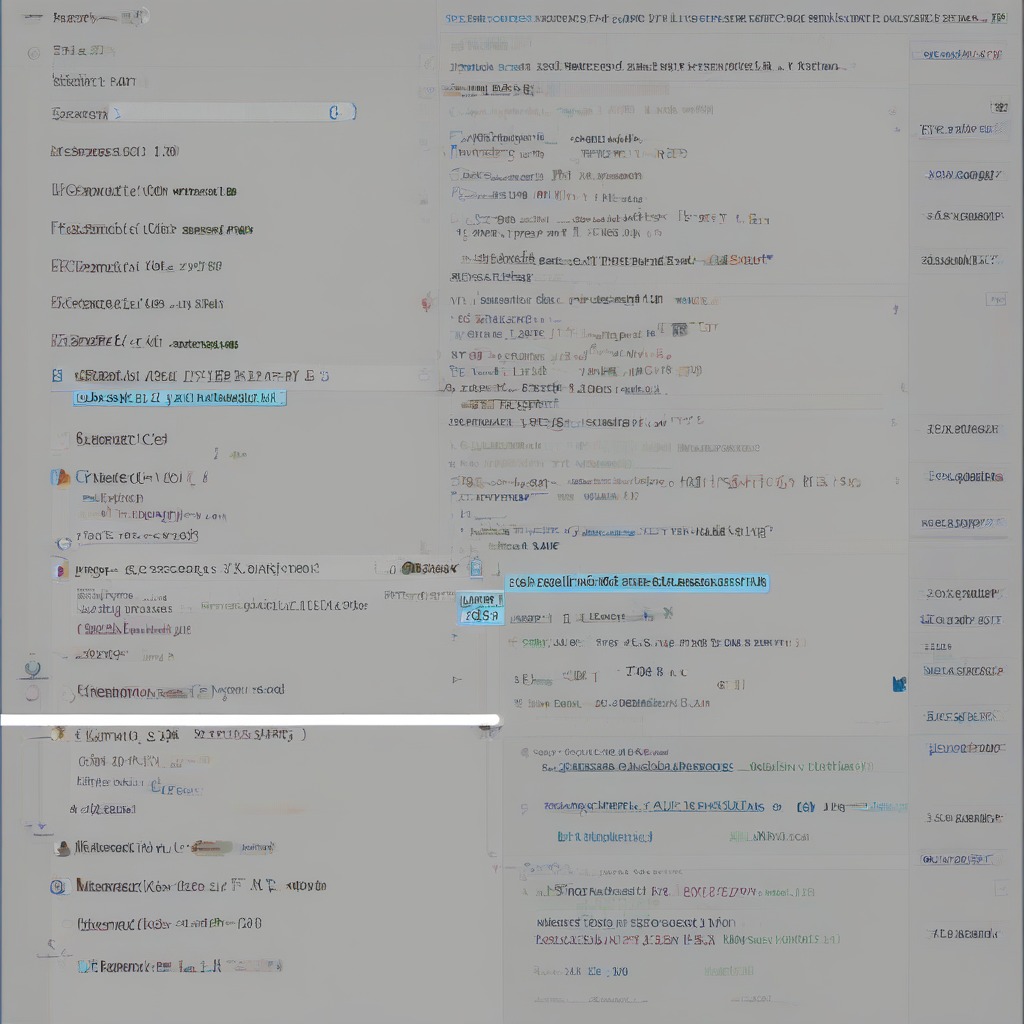Unlocking Growth: A Comprehensive Guide to Improving Working Capital in Your Business
Working capital is the lifeblood of any business. It represents the resources available to fund daily operations, manage expenses, and seize growth opportunities. A healthy working capital position ensures your business can meet its short-term obligations, react swiftly to market changes, and invest in its future. This guide provides a comprehensive roadmap to understanding and improving working capital within your business.
Understanding Working Capital
Working capital is the difference between a company’s current assets and its current liabilities. It’s a measure of a business’s short-term liquidity, reflecting its ability to cover immediate financial obligations.
- Current Assets: These are assets that can be readily converted into cash within a year. Examples include:
- Cash and cash equivalents
- Accounts receivable (money owed by customers)
- Inventory (raw materials, work-in-progress, finished goods)
- Prepaid expenses
- Current Liabilities: These are obligations that must be paid within a year. Examples include:
- Accounts payable (money owed to suppliers)
- Salaries and wages payable
- Short-term loans
- Accrued expenses (utilities, taxes)
Why is Working Capital Important?
- Operational Efficiency: Sufficient working capital allows businesses to pay suppliers on time, maintain adequate inventory levels, and meet payroll obligations without disrupting operations.
- Financial Stability: Strong working capital provides a buffer against unexpected expenses or economic downturns, reducing the risk of financial distress.
- Growth Opportunities: Adequate working capital allows businesses to invest in new equipment, expand into new markets, or take advantage of attractive acquisition opportunities.
- Improved Creditworthiness: A healthy working capital position improves a business’s creditworthiness, making it easier to secure loans and access funding.
Strategies for Improving Working Capital
Improving working capital involves optimizing the management of current assets and liabilities. Here are some key strategies:
1. Optimize Inventory Management
- Implement Just-in-Time (JIT) Inventory: JIT aims to receive goods only when they are needed, minimizing storage costs and reducing the risk of obsolescence. This strategy requires close collaboration with suppliers and efficient forecasting.
- Optimize Inventory Ordering: Implement a system for accurately forecasting demand, minimizing overstocking and understocking situations. This can involve using forecasting tools, analyzing historical sales data, and considering seasonal trends.
- Reduce Excess Inventory: Regularly review your inventory levels and identify slow-moving or obsolete stock. Consider strategies like discounts, promotions, or selling excess inventory through online marketplaces.
- Implement Inventory Tracking Systems: Use technology to track inventory levels in real-time, ensuring accurate stock records and reducing manual counting errors. This allows for more efficient order placement and better control over inventory flow.
2. Accelerate Accounts Receivable Collection
- Set Clear Payment Terms: Establish concise and transparent payment terms with customers, clearly outlining due dates and any penalties for late payments.
- Invoice Promptly and Accurately: Ensure invoices are sent promptly and contain all necessary details to facilitate timely payment. Implement automated invoicing systems for increased efficiency.
- Offer Early Payment Discounts: Encourage early payments by offering discounts for customers who pay within a specified timeframe. This can incentivize faster payments and improve cash flow.
- Implement Automated Reminders and Collection Processes: Utilize technology to send automated reminders for overdue payments. Implement a systematic approach for managing late payments and initiating collection efforts when necessary.
- Consider Factoring: Factoring involves selling your receivables to a third-party financial institution at a discounted rate. While this can provide immediate cash flow, it also comes with costs and might not be suitable for all businesses.
3. Manage Accounts Payable Effectively
- Negotiate Payment Terms: Negotiate favorable payment terms with suppliers, aiming for extended payment periods or early payment discounts. This allows for greater flexibility in managing cash outflows.
- Centralize Accounts Payable: Establish a centralized system for managing accounts payable, ensuring invoices are received, processed, and paid on time. Implement automated approval workflows to streamline the process.
- Take Advantage of Payment Discounts: If suppliers offer discounts for early payments, evaluate whether the cost savings outweigh the opportunity cost of delaying payment.
- Pay Suppliers Promptly: Building strong relationships with suppliers and paying them on time can lead to improved terms and potential discounts in the future. It also reinforces your business’s reputation as a reliable partner.
4. Optimize Cash Management
- Establish a Cash Flow Forecast: Develop a comprehensive cash flow forecast to anticipate future cash inflows and outflows. This allows for proactive planning and management of cash flow fluctuations.
- Maintain a Healthy Cash Reserve: Always maintain a sufficient cash reserve to cover unexpected expenses or cyclical downturns in business activity. This provides a safety net and enhances financial stability.
- Invest Excess Cash: Invest any surplus cash in liquid assets, such as short-term deposits, money market accounts, or government bonds. This generates a return on idle funds without compromising liquidity.
- Minimize Non-Essential Spending: Regularly review expenses and identify areas where costs can be reduced without affecting core operations. This frees up cash that can be allocated to more strategic areas.
5. Explore Financing Options
- Short-Term Loans: Consider short-term loans from banks or online lenders to bridge temporary cash flow gaps. These options provide quick access to funding but usually come with higher interest rates.
- Lines of Credit: A line of credit provides access to a pre-approved credit limit that can be drawn upon as needed. This offers flexibility in managing cash flow, but it’s important to use it responsibly and avoid excessive borrowing.
- Invoice Financing: Invoice financing provides immediate cash flow by allowing businesses to sell their invoices to a third-party financier at a discounted rate. This can be a viable option for businesses with strong receivables and stable cash flow.
- Crowdfunding: Consider crowdfunding platforms to raise capital from a large number of individuals. This can be an attractive option for businesses with a compelling story and strong community support.
6. Improve Efficiency and Productivity
- Streamline Processes: Identify inefficiencies in business operations and streamline processes to reduce waste and improve productivity. This can involve automation, process mapping, and implementing lean management principles.
- Optimize Staffing: Ensure staffing levels are appropriate for current business needs, avoiding overstaffing or understaffing. Implement flexible work arrangements to manage labor costs effectively.
- Invest in Technology: Invest in technologies that can enhance efficiency and reduce operational costs. This might include accounting software, inventory management systems, or customer relationship management (CRM) tools.
- Embrace Automation: Automate repetitive tasks wherever possible to free up employees for more strategic work. This can significantly improve productivity and reduce operational costs.
7. Monitor and Analyze Working Capital
- Track Key Metrics: Regularly monitor key working capital metrics such as current ratio, quick ratio, and days sales outstanding (DSO). This provides insights into the health of your working capital and areas for improvement.
- Perform Cash Flow Analysis: Analyze your cash flow statement to identify trends, patterns, and potential issues. This helps to anticipate cash flow needs and develop strategies for managing cash flow fluctuations.
- Regularly Review and Adjust: Working capital management is an ongoing process. Continuously review your strategies and make adjustments as needed based on changing market conditions and business growth.
Conclusion
Improving working capital is not a one-time fix but an ongoing process of continuous improvement. By implementing the strategies outlined in this guide, businesses can achieve greater financial stability, unlock growth opportunities, and build a sustainable future. Remember that effective working capital management requires a proactive approach, careful planning, and a commitment to optimizing resources. By mastering the art of working capital management, businesses can gain a competitive edge and set themselves up for long-term success.





